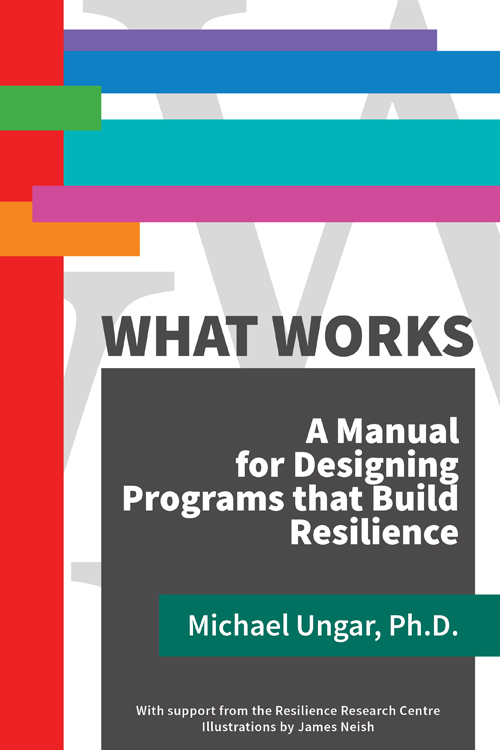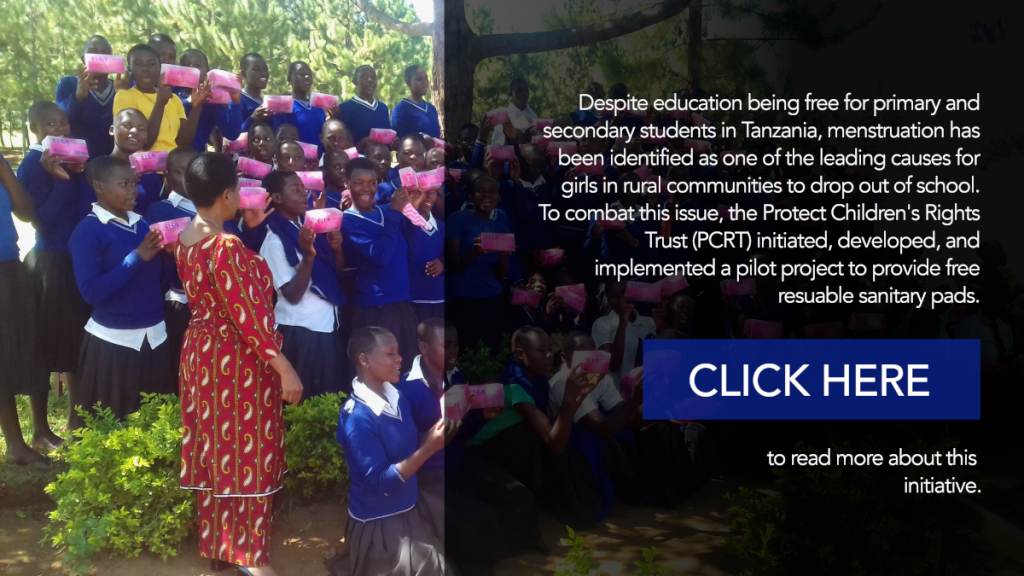What Works

What Works: A Manual for Designing Programs that Build Resilience
What Works is an easy-to-use guide that is ideal for anyone working with children and families in social service or humanitarian settings, as well as community facilitators, counselors, and policy makers. It includes plenty of case examples of programs in both low-and-middle-income countries (where financial and human resources are scarce) and high-income countries (where resources are easier to find but problems can still be very complex).
While the manual is about programs designed for young people and their families, its 7-step model of program design will be just as useful in any setting where improving resilience is the goal.
Page Count: 90
Get the Manual
Printed Copy
$15
To order a printed version of What Works, please complete the order form from the link below (shipping costs vary by country). A quote will be sent before your order is processed.
Digital Copy
$0
A free electronic copy is available by clicking on the link below. A PDF version of the manual will be available for download.
Inside What Works
- A brief history of the concept of resilience and its application to practice (with a focus on the needs of children, youth and families in challenging contexts).
- A definition of resilience that emphasizes a systemic, social justice approach to program design.
- A discussion of seven principles that ensure that programs nurture and sustain resilience.
- A list of the seven most important processes that promote resilience.
- Detailed instructions for the seven steps which designers use to create programs and ensure that they’re effective.
- Inspiring case studies of great programs gathered from around the world.
- A troubleshooting section that anticipates some of the challenges that may occur when using the manual in different settings and with different types of organizations.
- Exercises (e.g., a service use satisfaction questionnaire; resilience assessment; appreciative inquiry tool; a workshop design checklist) and resources to make it easier to use a resilience approach to program design.
- Guidance on how to monitor program outcomes and convince funders to keep funding programs that work.
The Seven Steps of Program Design
What Works describes in detail seven steps for designing great programs that build resilience. To help explain each step, the manual compares program design to cooking for a hungry family.
Step 1: Choose a Program
Just as a great cook knows what people want to eat, the best programs are designed to address people’s most important problems. These will be the problems that people are the most motivated to change.
Step 2: Create Your Program Outline
A program outline (sometimes called a logic model) is very useful when designing a program to build resilience. Much like a meal plan, or menu, it provides you with a map to ensure that program activities create desirable outcomes.
Step 3: Gather Your Resources
Every meal starts with a trip to the market or the garden. Once you know which program is needed (Step 1) and have figured out what you want to achieve (Step 2), then you are ready to gather the resources necessary to create your program.
Step 4: Build Links from Your Program to Other Services and Supports
Great cooks rely on other family and friends to help with meal preparation. Program designers, too, create programs that build resilience by reaching out to other programs and people’s natural support systems (e.g., family and friends).
Step 5: Adapt Your Program to the Local Context
Just as great cooks change recipes to suit local tastes, programs that build resilience change to fit the culture and context of their participants.
Step 6: Track Your Success
Empty plates and heaps of praise tell cooks that their food has been appreciated. Program designers also need ways of measuring their success. Regardless of what evidence is produced, the goal is always the same: convince young people, families, communities, and funders that a program that builds resilience has value and is worth the investment of their time and money.
Step 7: Plan for Sustainability
Cooks design their kitchens to prepare food day-after-day. Program designers create resilience-promoting programs that last for years. An effective, well-designed program is one that is sustainable and reaches as many people as possible.
–
–
Video Interviews with Successful Program Designers
Phoenix Youth Programs – Tim Cooks
Earth Therapy – Masego Katisi
Raising Voices – Dipak Naker
Adventure Learning Academy Trust – Paul Baker
ACE Africa – Joanne Waddington
Program Examples
Have You Designed a Program that Builds Resilience?
We would love to showcase the work of program designers from around the world whose programs are helping to build resilience. Send us a brief description of your program and, if you like, a link to a video about the work you are doing. We’ll feature these programs on the Resilience Research Centre website so that other program designers can hear about your work. E-mail us to share your story.

About the Author
Michael Ungar, Ph.D. is the founder and Director of the Resilience Research Centre at Dalhousie University. His ground-breaking work as a family therapist and resilience researcher is recognized around the world, with much of that work focused on the resilience of marginalized children and families, and adult populations experiencing mental health challenges at home and in the workplace. Dr. Ungar has provided consultation and training to Fortune 500 companies like Unilever and Cigna, NGOs such as Save The Children and the Red Cross, and educational institutions and government agencies on five continents. He is routinely called upon by thought leaders such as the Boston Consulting Group and Canvas8. His work emphasizes how to use the theory of resilience to increase both individual and institutional agility during crises, with numerous organizations having adopted his concept of resilience as a negotiated process that enhances wellbeing and social responsibility.

